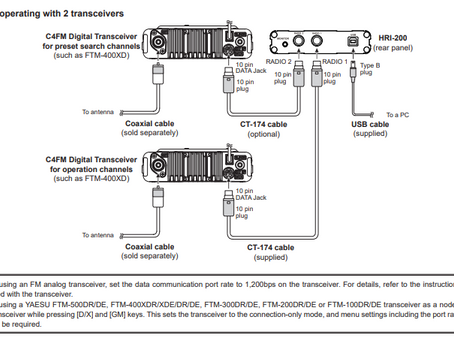UV & me
- jeremym0rnx
- Sep 12, 2022
- 3 min read
Updated: Oct 16, 2022
Overview

HT’s range from £20 to £1000 and after comparing all the features, ergonomics and go on admit it looks, you make a choice to suit or break the budget. Justification can follow. This brief was different, an HT work horse with features on a budget. Obviously we knew compromises abound, in that we work on water, at height, in vehicles, confined spaces and tailor kit accordingly. Explanation, I was wearing another lid firmly on head as a member of https://www.shadowrescue.uk/ .Primary in all of that was replacement cost as it was going to get bashed, and used by a variety of users.
Our field test was on an episode of the production ‘Casualty’ in which a chap falls from height injuring himself & needs help. I’m not going to spoil the drama, you’ll have to watch !
Our operating environment was a quarry, which meant local UHF communication would be satisfactory. This means no need for repeaters or electrickery, we could shorten the antenna for working at height in harnesses on the quarry face, and attenuate the TX power if required. Of the three days we had a day of surveying making sure there was no loose material at our top ‘fall’ site, both at the top & down our ‘action’ quarry face. Build, which was an anchor & rig for our Artiste to have a safe controlled descent…Even though on camera it would look anything but, and finally general crew safety at height.

Requirements
First our licensed frequencies needed channelising on the radio, for ease we use ‘Chirp’ https://chirp.danplanet.com/projects/chirp/wiki/Home with a laptop & cable. Read from the radio first and then save a copy before programming, then write to your radio. Always back up your work into a file in any case. Likewise the software needs to know the radio & com port, easily applied in the drop down menus that appear when you read or write.
With 128 channels, It is possible to add marine frequencies. I must point out that to TX use these land mobile is a ‘No No’, you need a specific license to operate and our field test radio does not float, nor suitable for hours in the drink on a PFD. But in a jam would get you out of trouble. Remember we’re testing for a budget all-rounder https://icomuk.co.uk/Getting-Your-Marine-VHF-Radio-Licence/3995/2540/
Business light frequencies (BRLS), PMR, ham channels & repeaters can also be added, with the usual caveat. https://www.ofcom.org.uk/__data/assets/pdf_file/0036/79965/Business_Radio_Simple_UK_licence_template.pdf

We added a ‘K’ or Kenwood adaptor for PTT as the UV9 has a ‘Motorola’ style connector for external mics, earpieces and programming cable. You can see from the opening page photo that earpieces for discretion and external PTT mics were used.
The UV9 was mounted on the back of the harness and once operational locked onto a channel and with all the usual tone squelches available we had chosen DCS.
Specifications
With the exception of output, variable between 4 - 5 watts, The specs are accurate.
Milestones
3 days of rain…No problem
Usually we get a weather failure, microphone, earpiece jack or similar. No issues for the UV9. One of the aftermarket ‘K’ adaptors was a little too tight, forcing the mic connector out just enough to disrupt comms. Easily fixed after a 1st principles walk through.
Keypad locked
More importantly didn’t fail in its pouch on the harness, you’ll be surprised what movement will do. The key pad was positive when used and the display light & colour showed up in daylight. We did actually do a manual programme and although
you have to confirm using the ‘menu’ button it was functional. Takes some scanning to find a menu option but ‘doable’
Volume control
This has a nice guard which actually did keep the volume setting safe, but could be finger adjusted. No side button issues, some radios will activate a feature with jumps & pouch pressure.
Battery life was extremely good
We have had radios that require charging repeatedly. All day use for this battery was very economical, even with the usual back channel gossip.
Programmed for Allstar
Simple enough to add a node frequency and digital capability.
Conclusion
We have used all manner of HT over the years, all of them having good features. Some are however ‘Safe Queens’, meaning would you really bump down quarry rock with an RFinder B1…Actually we’re going to try. S.A.R & Emcomm requirements are many & varied, interoperability with partner organisations etc places more demands on comms networks. Having a radio that does the job and you don’t cry too hard about being replaceable if it has a genuine demise, I’ll take that.
























Comments